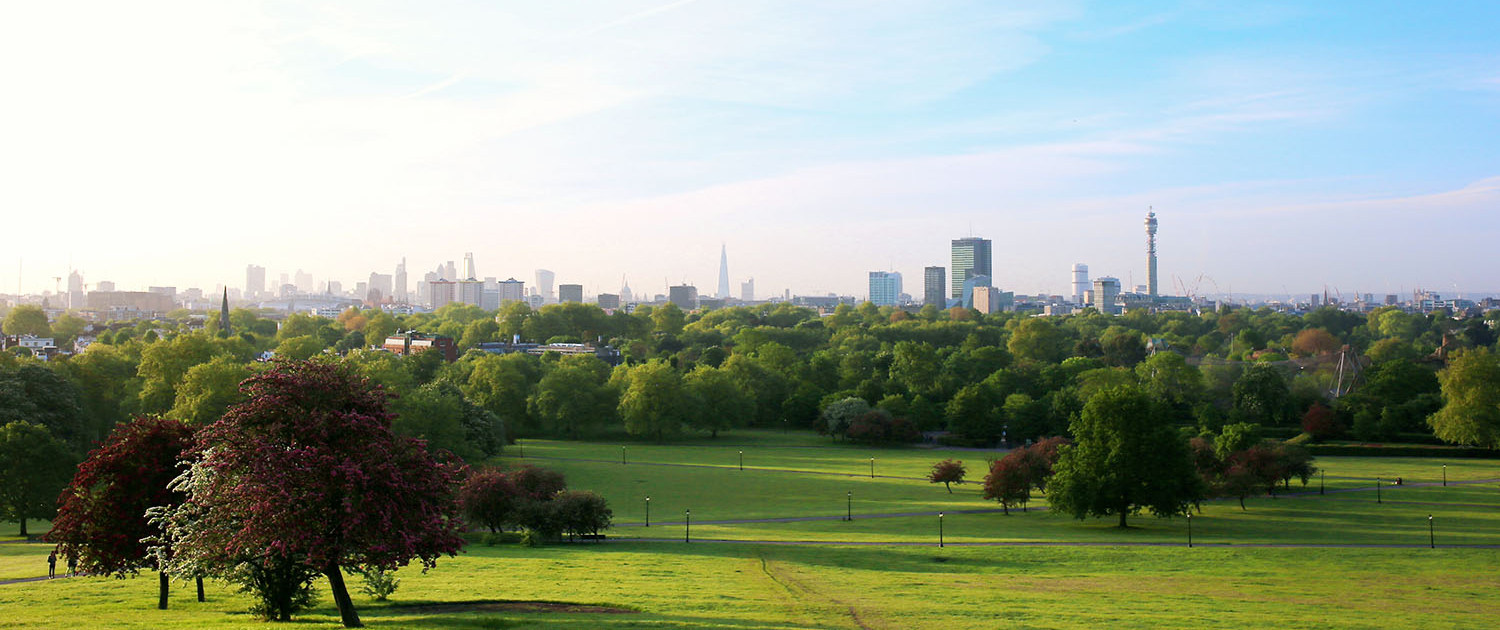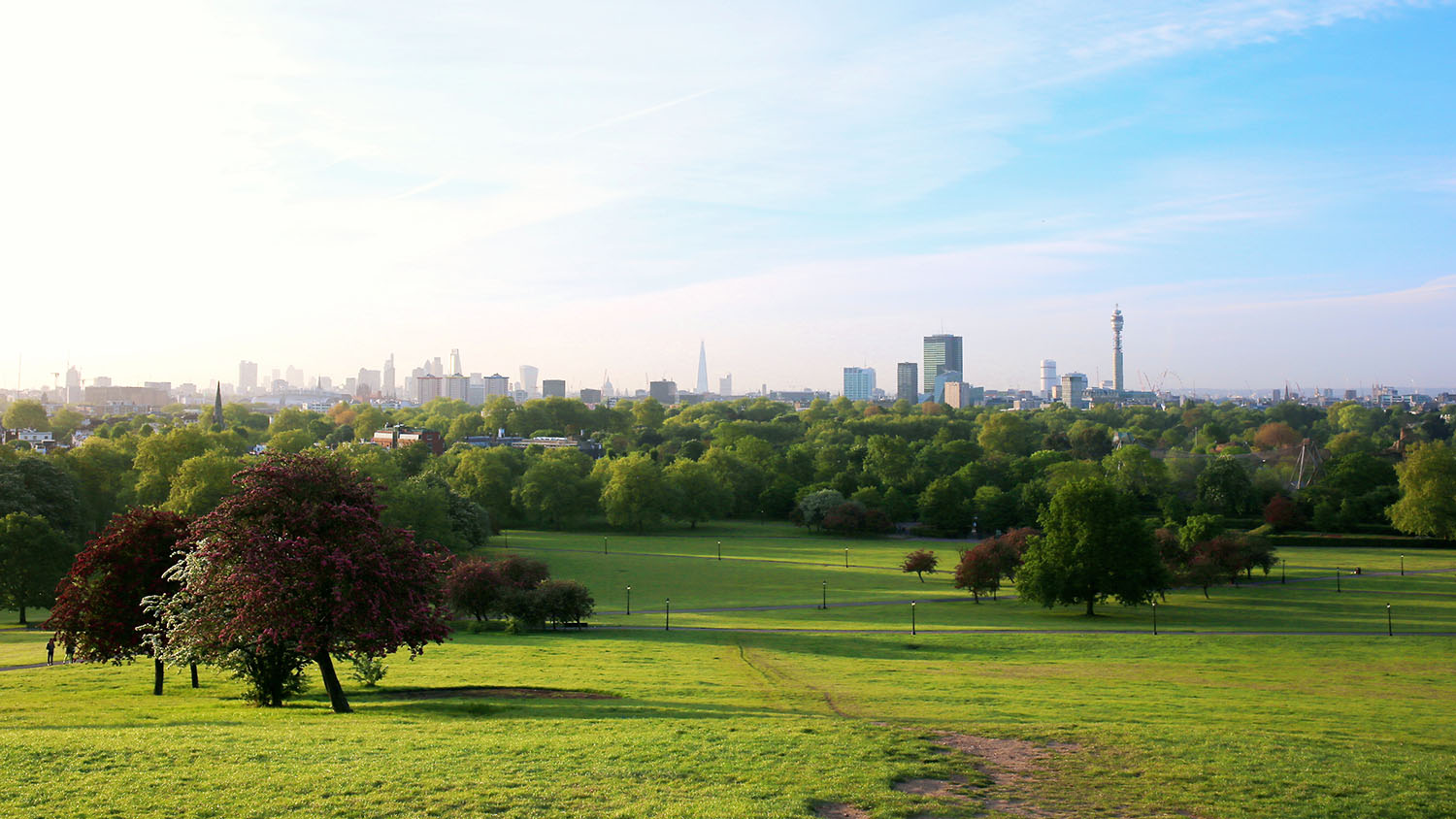Urban greening is an example of how urban change has created environmental opportunities. This is one of a collection of four case studies covering social, economic and environmental opportunities resulting from urban change in London.
Case Study – Urban greening in London
How much of London is green?
The abundant green space in London is a direct result of its urban development.
- Central London parks: London boasts more extensive parks than many other cities, including royal parks like Hyde Park, which were once exclusively for the royals but are now open to everyone.
- Local parks: Municipal parks managed by local councils are scattered throughout inner and outer London, dating back to the 19th century when public hygiene was a concern and people sought fresh air.
- Suburban expansion: As London expanded in the early 20th century, suburbs were built on former farmland, providing millions of homes with gardens for Londoners.
London is considered one of the greenest cities in the world, with green spaces such as parks, woodlands, cemeteries, and gardens accounting for almost half (47%) of the city’s area. The percentage could have been even higher, but many people have replaced their gardens with patios or parking spaces in recent years.
What are the benefits of green cities?
Not all of the benefits of green spaces were recognized during London’s development, but there are many reasons why cities should be green. These include:
- Trees provide oxygen, purify the air, and reduce global warming by absorbing carbon dioxide. With almost one tree per person, there are 8.3 million trees in London.
- Green spaces such as parks and woodlands reduce the risk of flooding by slowing down rainwater drainage.
- Wildlife thrives in urban green spaces, with 13,000 species in London alone.
- People enjoy green spaces for physical activity, such as walking, running, cycling, and other sports.
- Green spaces can also be used for food production. In London, there are 30,000 allotments available for people to grow their food.
What strategies can be used to make London greener?
Urban greening pertains to preserving and expanding green spaces within urban areas. In London, where the city is already considered “green,” urban greening efforts primarily revolve around protection measures. At the individual level, this can involve encouraging actions like feeding birds during winter or refraining from paving over gardens. At a larger scale, efforts may focus on linking existing green spaces to facilitate natural migration patterns of species. To this end, London has established a “green grid” to connect open areas.
In 2019, London was named the world’s first “National Park City” to preserve and improve the city’s natural environment while promoting its parks to the public. The charter for London as a National Park City outlines seven objectives, including improving lives, health, and well-being; preserving wildlife, trees, and flowers; promoting sustainable habitats, air, water, sea, and land; encouraging outdoor activities and culture; promoting locally grown food and responsible consumption.
Related Topics
Use the images below to explore related GeoTopics.



